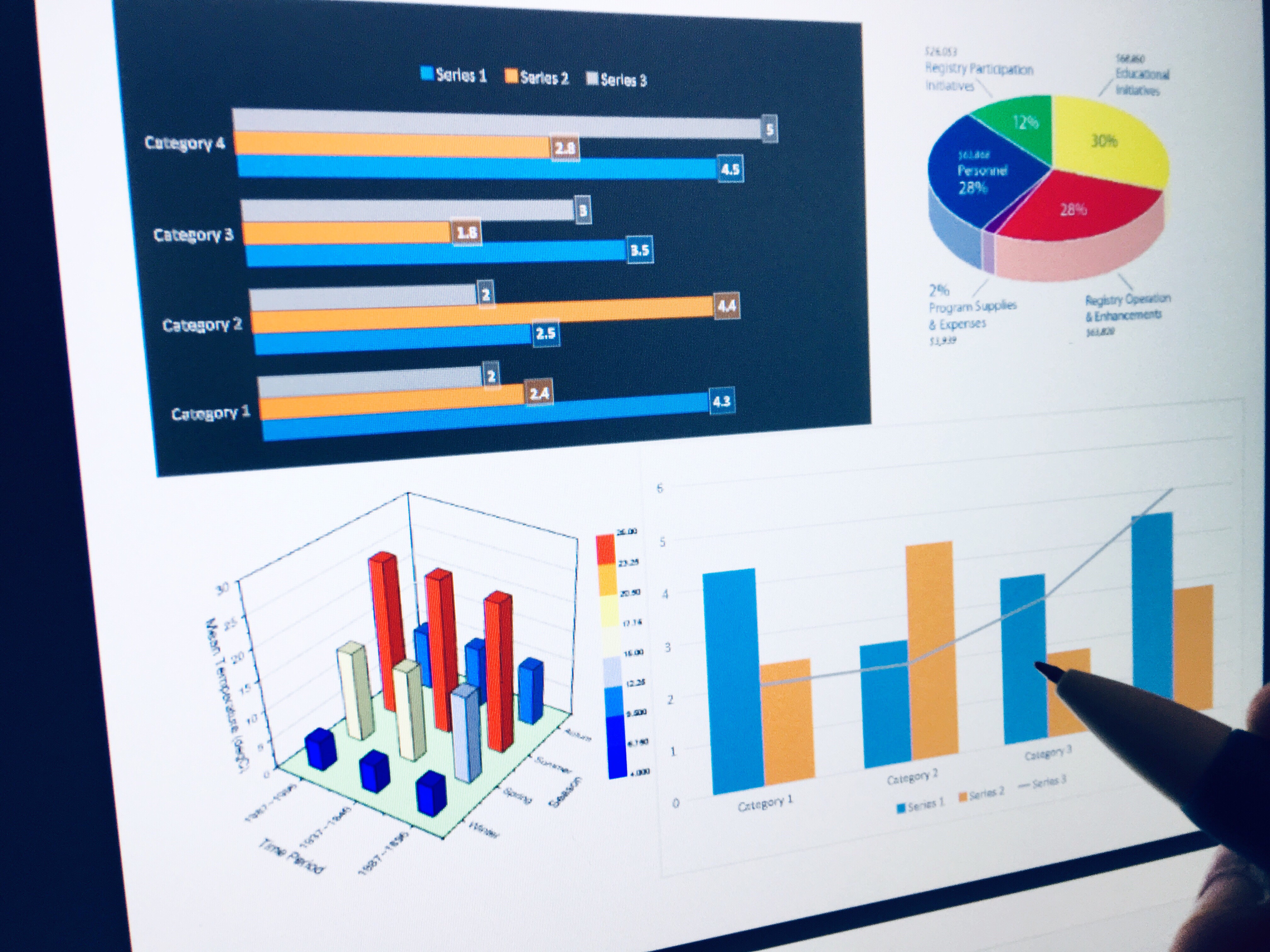The Predictive Edge - How Forecasting Tomorrow Transforms Today's Decisions
 The ability to accurately forecast future conditions has become one of the most powerful competitive advantages in modern business. Organizations that can predict customer behavior, market trends, operational requirements, and competitive moves make decisions today that position them advantageously for tomorrow's realities. Predictive analytics transforms uncertainty into strategic opportunity.
The ability to accurately forecast future conditions has become one of the most powerful competitive advantages in modern business. Organizations that can predict customer behavior, market trends, operational requirements, and competitive moves make decisions today that position them advantageously for tomorrow's realities. Predictive analytics transforms uncertainty into strategic opportunity.
Predictive modeling goes beyond simple trend extrapolation to identify complex relationships between variables that influence future outcomes. While linear projections assume current trends will continue unchanged, sophisticated predictive models account for multiple factors, interaction effects, and changing conditions that affect real-world outcomes.
Customer behavior prediction enables proactive rather than reactive customer management by identifying which customers are likely to purchase, churn, upgrade, or recommend your services. This predictive capability allows targeted interventions that improve customer outcomes while optimizing resource allocation and marketing effectiveness.
Demand forecasting accuracy directly impacts operational efficiency, inventory management, and customer satisfaction. Organizations that can predict demand patterns make better decisions about production scheduling, staff allocation, inventory levels, and capacity planning. Improved forecasting accuracy reduces costs while improving service levels.
Risk prediction helps organizations avoid problems before they occur by identifying conditions that increase the probability of operational failures, customer issues, or financial difficulties. Predictive risk management enables proactive intervention that prevents problems rather than just responding to them after they occur.
Market trend prediction provides competitive advantage by identifying emerging opportunities and threats before they become obvious to competitors. Organizations that can predict market changes position themselves advantageously while competitors struggle to understand and respond to developments they didn't anticipate.
Resource requirement forecasting enables better planning and allocation decisions by predicting future needs for personnel, technology, facilities, and financial resources. Accurate resource forecasting prevents both shortages that limit performance and excess capacity that wastes resources.
Technology adoption prediction helps organizations time technology investments for maximum strategic benefit while avoiding the costs of being too early or the disadvantage of being too late. Understanding technology adoption curves enables strategic positioning throughout innovation cycles.
Scenario planning and predictive modeling combine to evaluate multiple possible futures rather than assuming single-point forecasts. This approach acknowledges uncertainty while preparing for various potential outcomes through contingency planning and flexible strategic positioning.
Machine learning approaches to prediction can identify complex patterns in large datasets that traditional statistical methods might miss. However, machine learning predictions require careful validation and interpretation to ensure they provide reliable guidance for business decision-making.
External data integration improves prediction accuracy by incorporating market conditions, economic indicators, competitive actions, and environmental factors that influence business outcomes. Internal data alone often provides incomplete pictures for prediction purposes.
Prediction uncertainty quantification helps decision-makers understand the reliability of forecasts and make appropriate risk adjustments. Predictions without uncertainty estimates can mislead decision-makers into overconfidence or inappropriate actions based on forecasts that may prove inaccurate.
Real-time prediction updating incorporates new information as it becomes available to maintain forecast accuracy as conditions change. Static predictions become less reliable over time, while dynamic predictions adapt to changing circumstances and maintain decision-making relevance.
Cross-functional prediction integration ensures that forecasts from different business areas are consistent and mutually reinforcing rather than contradictory. Sales forecasts, operational capacity predictions, and financial projections must align to enable coherent strategic planning.
Prediction validation through systematic comparison of forecasted versus actual outcomes enables continuous improvement in forecasting methods and models. Organizations that track prediction accuracy and learn from forecasting errors develop increasingly reliable predictive capabilities over time.
The business value of prediction depends not just on accuracy but on the ability to act on predictive insights. The most accurate predictions become worthless if organizations lack the capability or willingness to make decisions based on forecasted conditions rather than current circumstances.